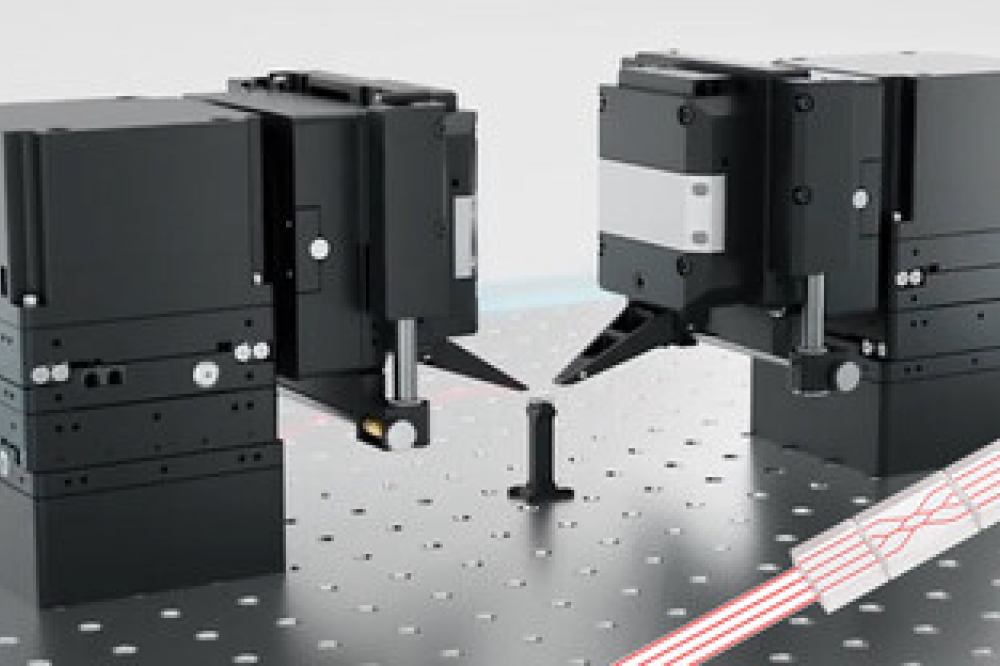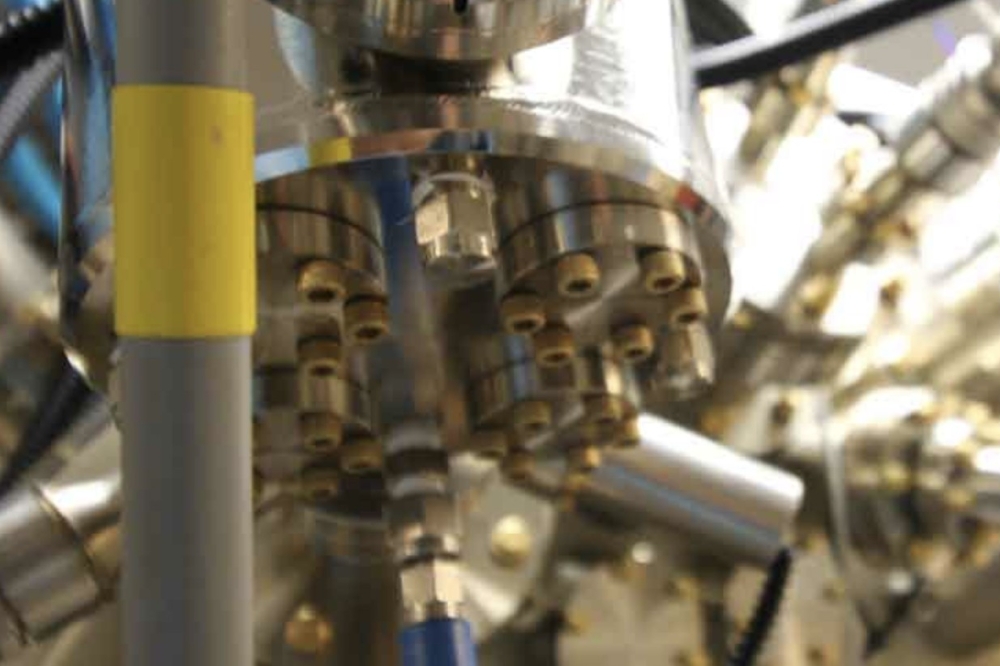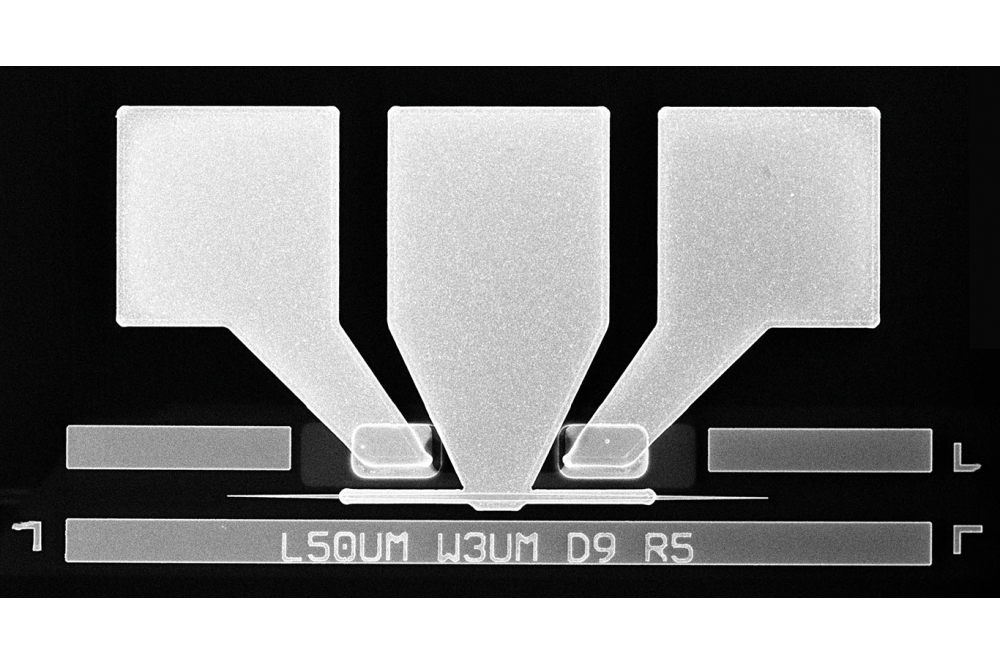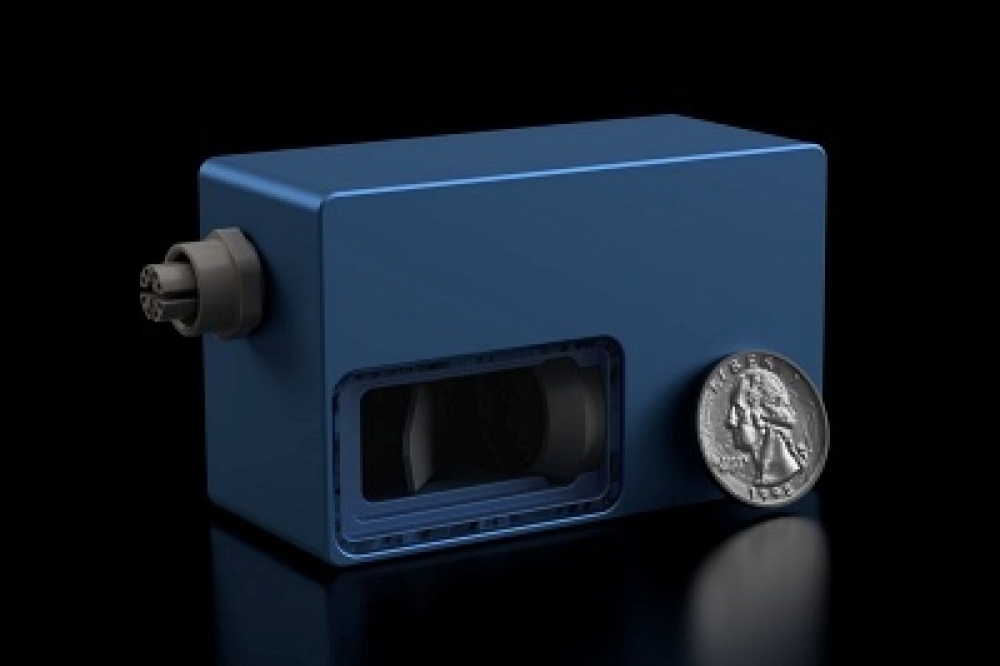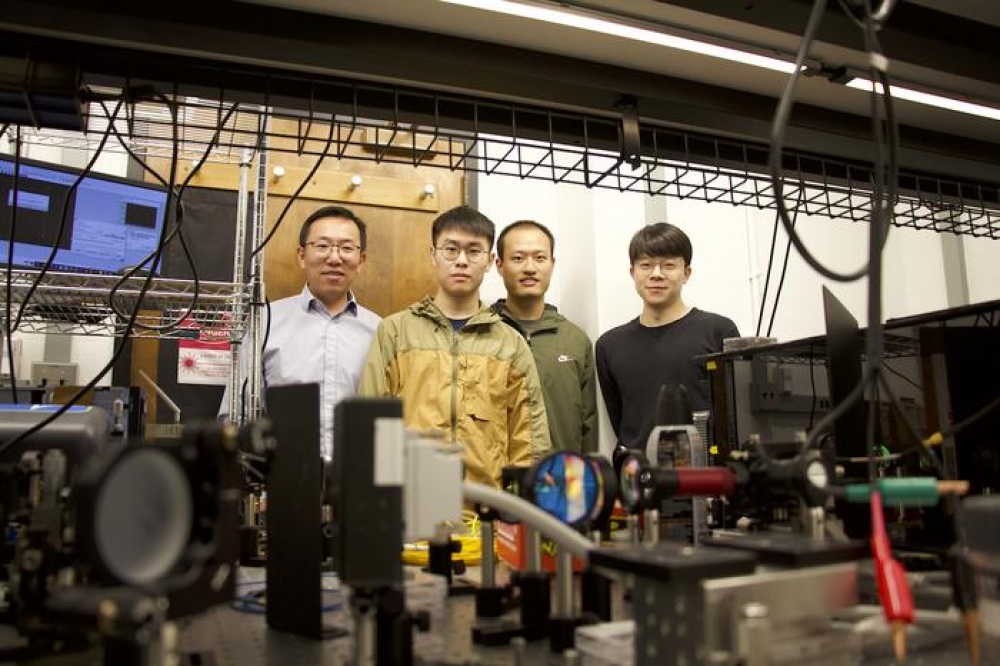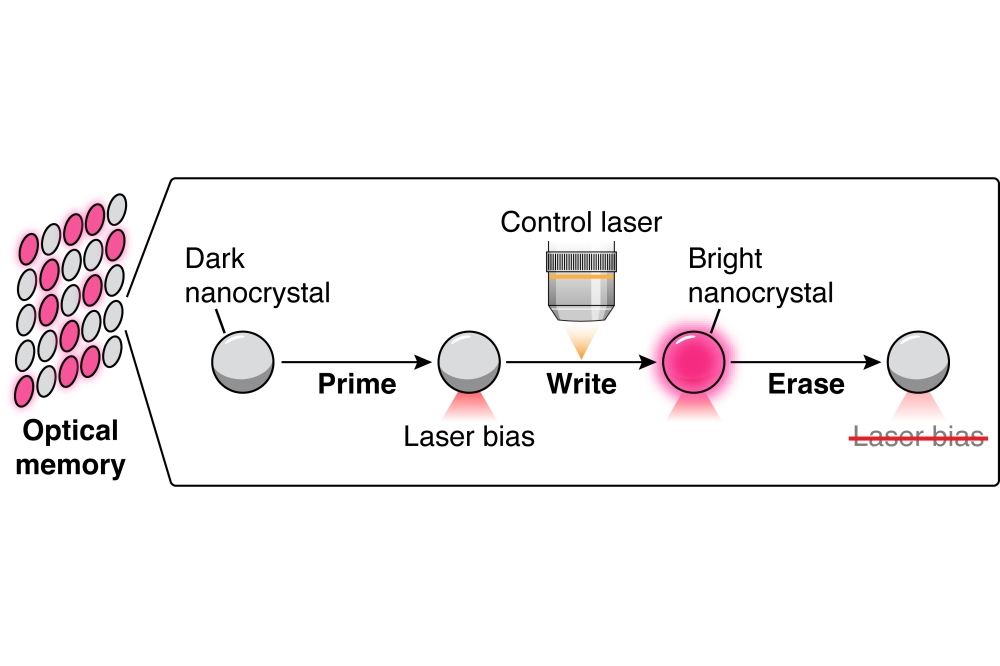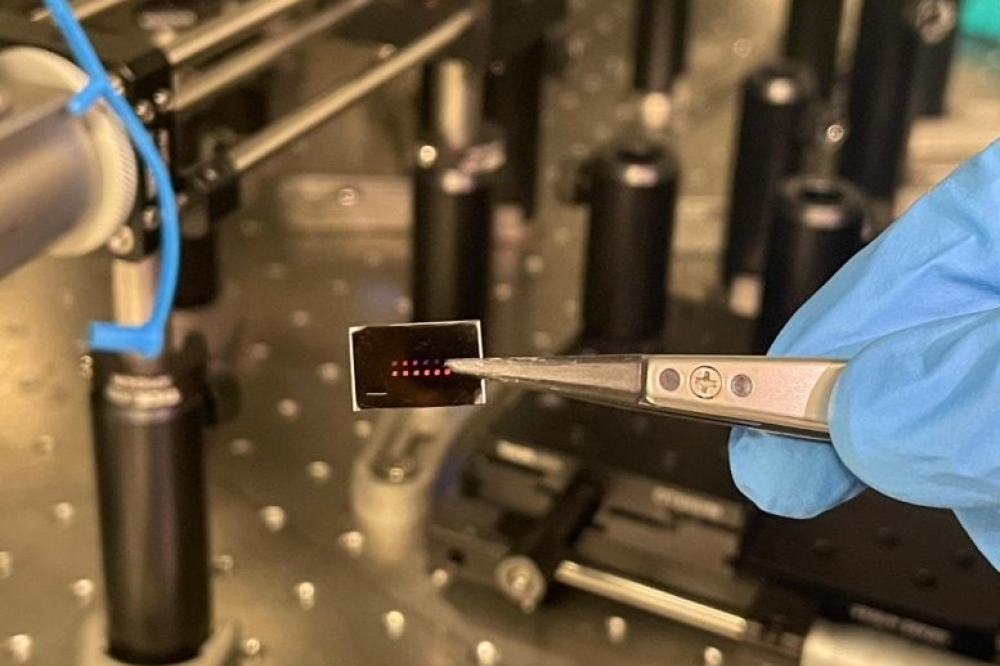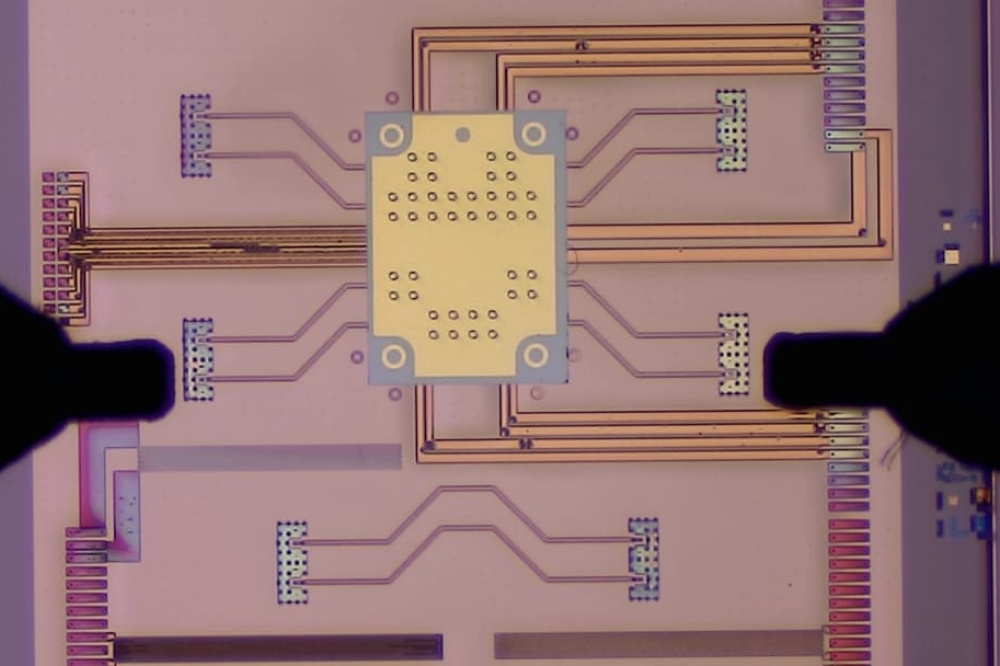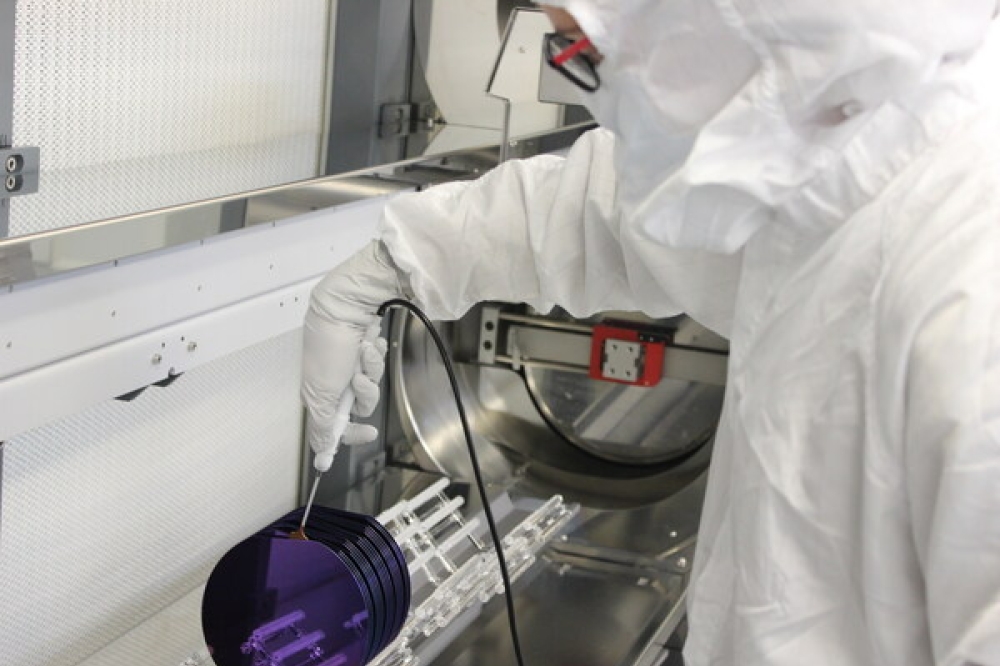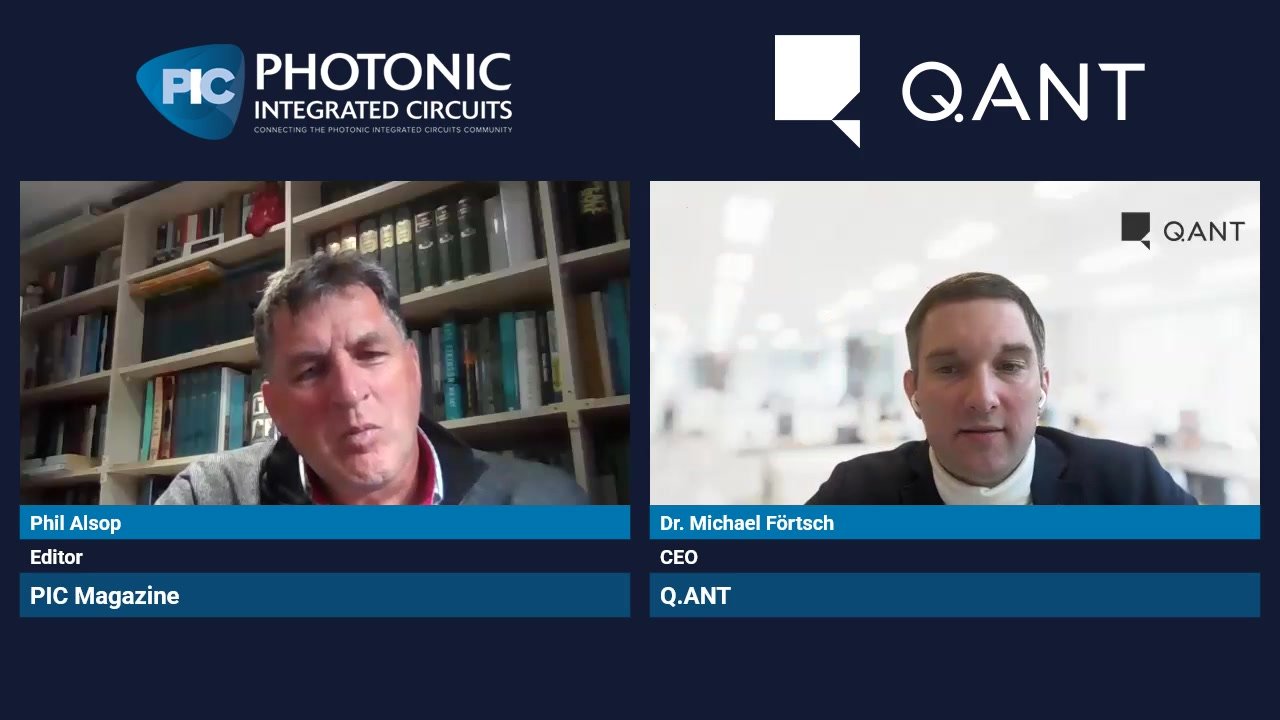Marvell demonstrates 200G 3D silicon photonics engine
The product, which Marvell says is an industry first, is designed to enable higher-density, lower-power optical interconnects for next-generation AI clusters and cloud datacentres
Marvell Technology, a company focused on data infrastructure semiconductor solutions, has demonstrated its 3D Silicon Photonics (SiPho) Engine at OFC 2024. The company says the product is the industry’s first highly integrated silicon photonics engine featuring 32 channels of 200G electrical and optical interfaces for connecting next-generation AI clusters and cloud datacentres at multi-terabit speeds.
According to Marvell, the new engine combines hundreds of components such as waveguides and modulators, photodetectors, modulator drivers, trans-impedance amplifiers, microcontrollers, and a host of other passive components into a single, unified device to dramatically boost the performance, bandwidth, and energy efficiency of optical interconnects. The company says that its 200G device delivers twice the bandwidth, twice the input/output (I/O) bandwidth density, and 30 percent lower power per bit versus comparable devices with 100G electrical and optical interfaces.
Device integration and greater bandwidth input/output (I/O) density provide a pathway for producing a wide spectrum of optical interconnects optimised for different use cases and form factors ranging from pluggable modules to future co-packaged optics (CPO).
“Silicon photonics has been gaining momentum in coherent optical transceivers for connecting datacentres over long distances,” said Vlad Kozlov, CEO and founder of LightCounting. “In its next phase of development, we expect the technology to become more prevalent inside datacentres and AI clusters. Our current forecast is for annual growth in shipments to approach 40 percent through 2028.”
Loi Nguyen, executive vice president and general manager of Cloud Optics at Marvell, said: “Advances in optical interconnect technology are necessary to realise the promise of AI and accelerated infrastructure. Our 3D SiPho engine is designed to enable higher bandwidth, higher I/O density, and lower power optical interconnects that scale cloud service providers’ infrastructure to meet the growing bandwidth needs of emerging AI services and applications.”



